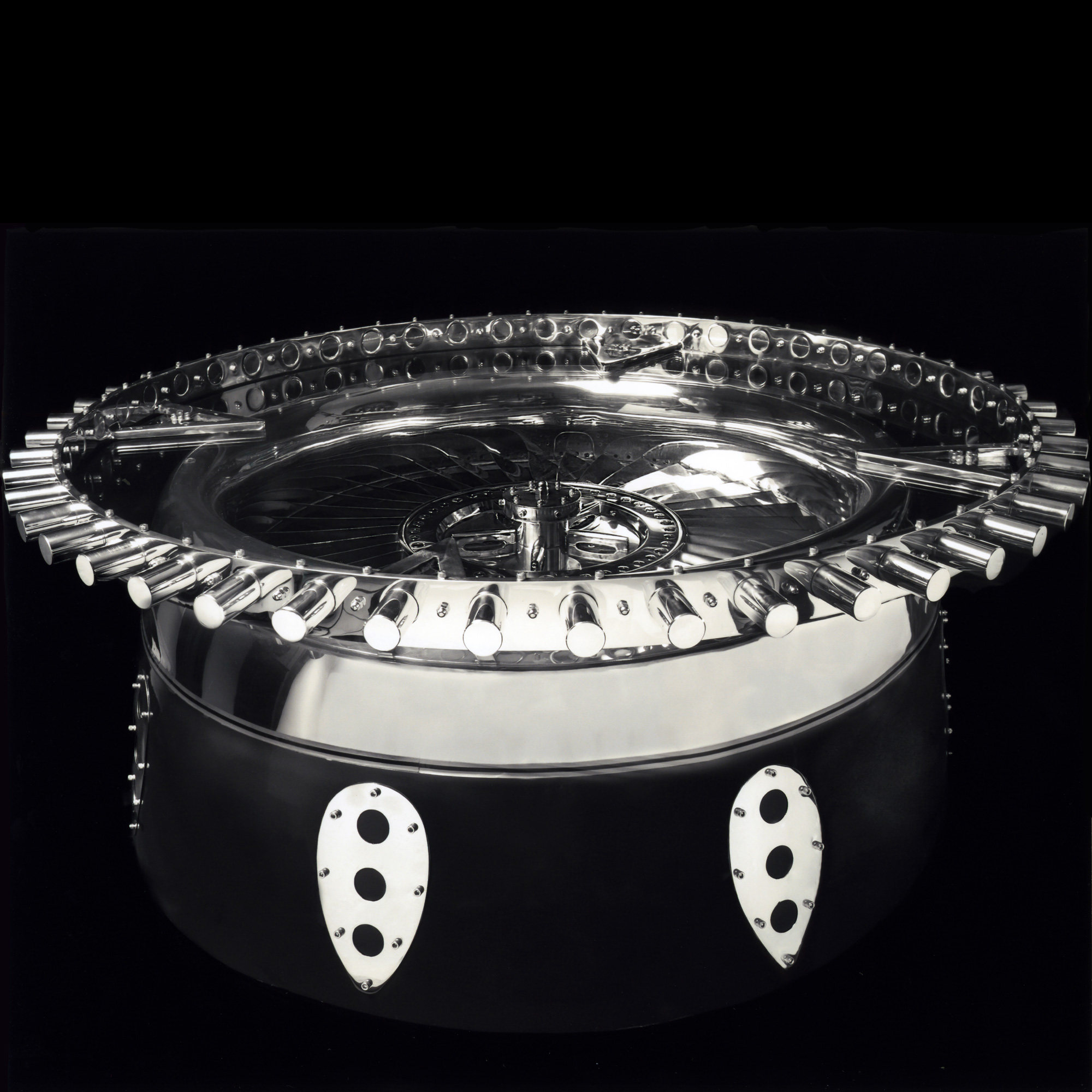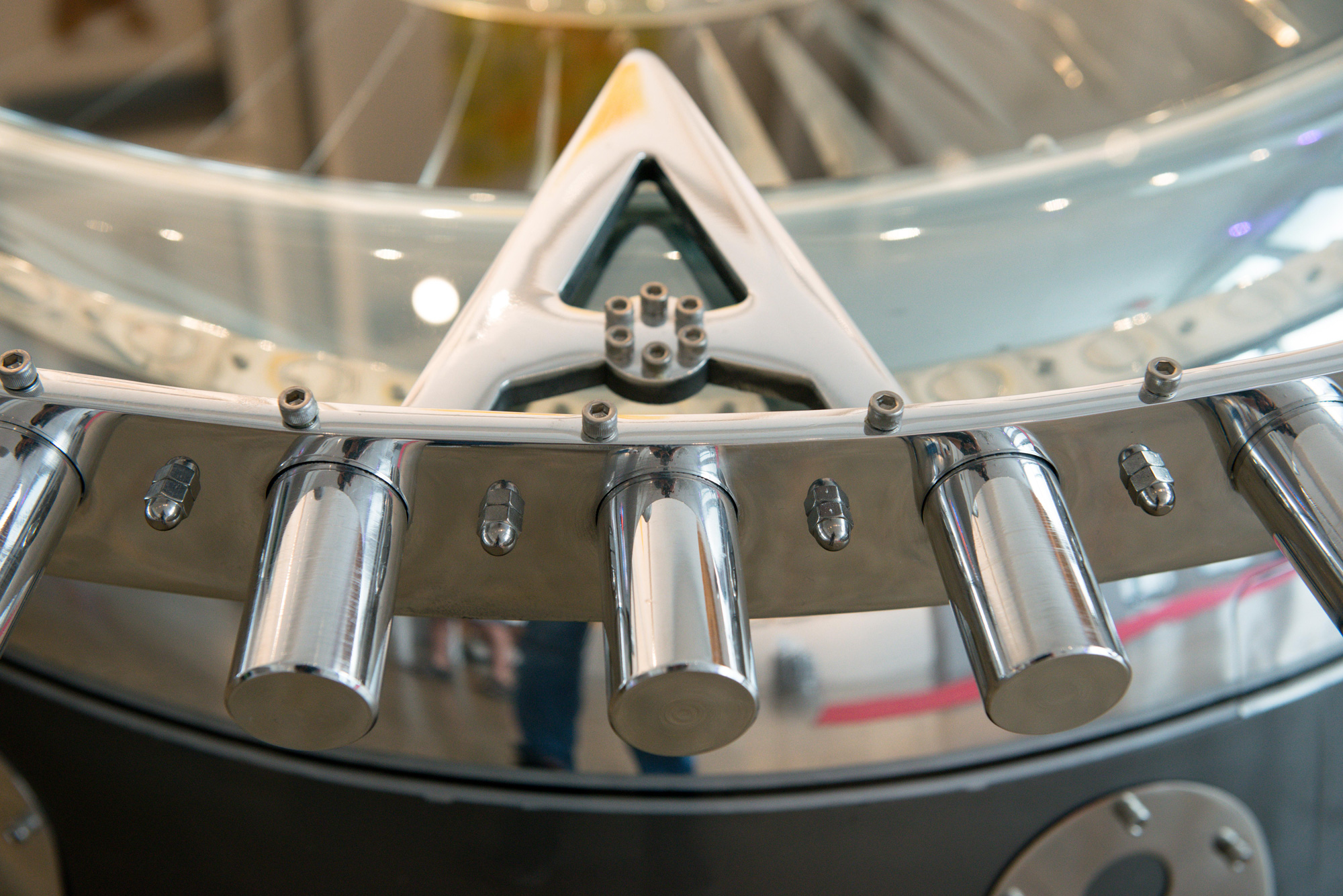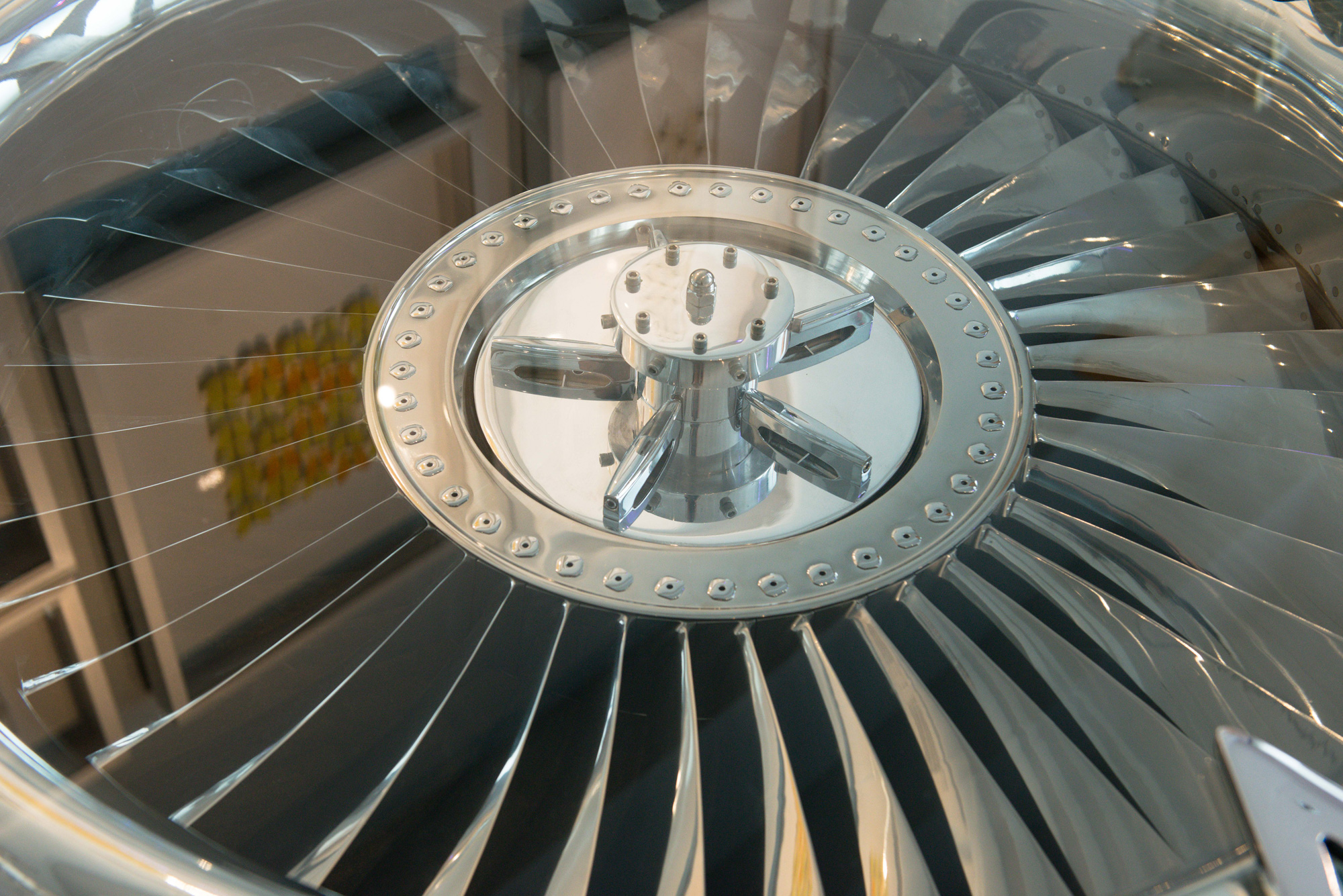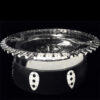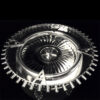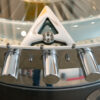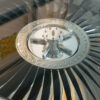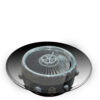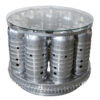Boeing 737 Turbine Coffee Table
$33,000
Aviation Aerospace Décor table, custom made and hand-crafted from a CFM56 series (U.S. Air Force designation of F108) High-Bypass Turbofan Aircraft Engine, manufactured by CFM International (CFMI), a company jointly-owned by Safran Aircraft Engines (France) and GE Aviation (US). The CFM56 is one of the most widely deployed turbofan aircraft engines, first tested in 1974 and entering service in 1982.

